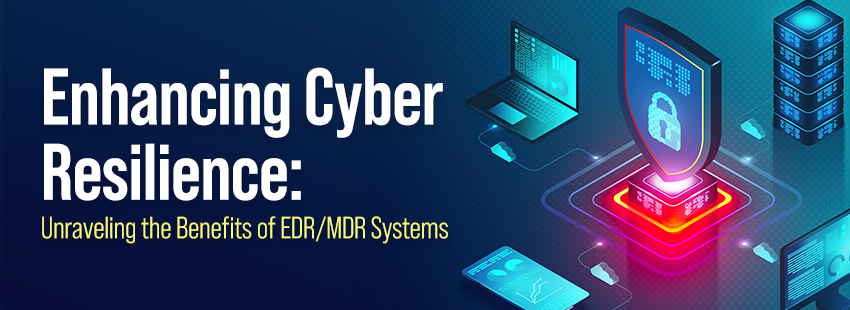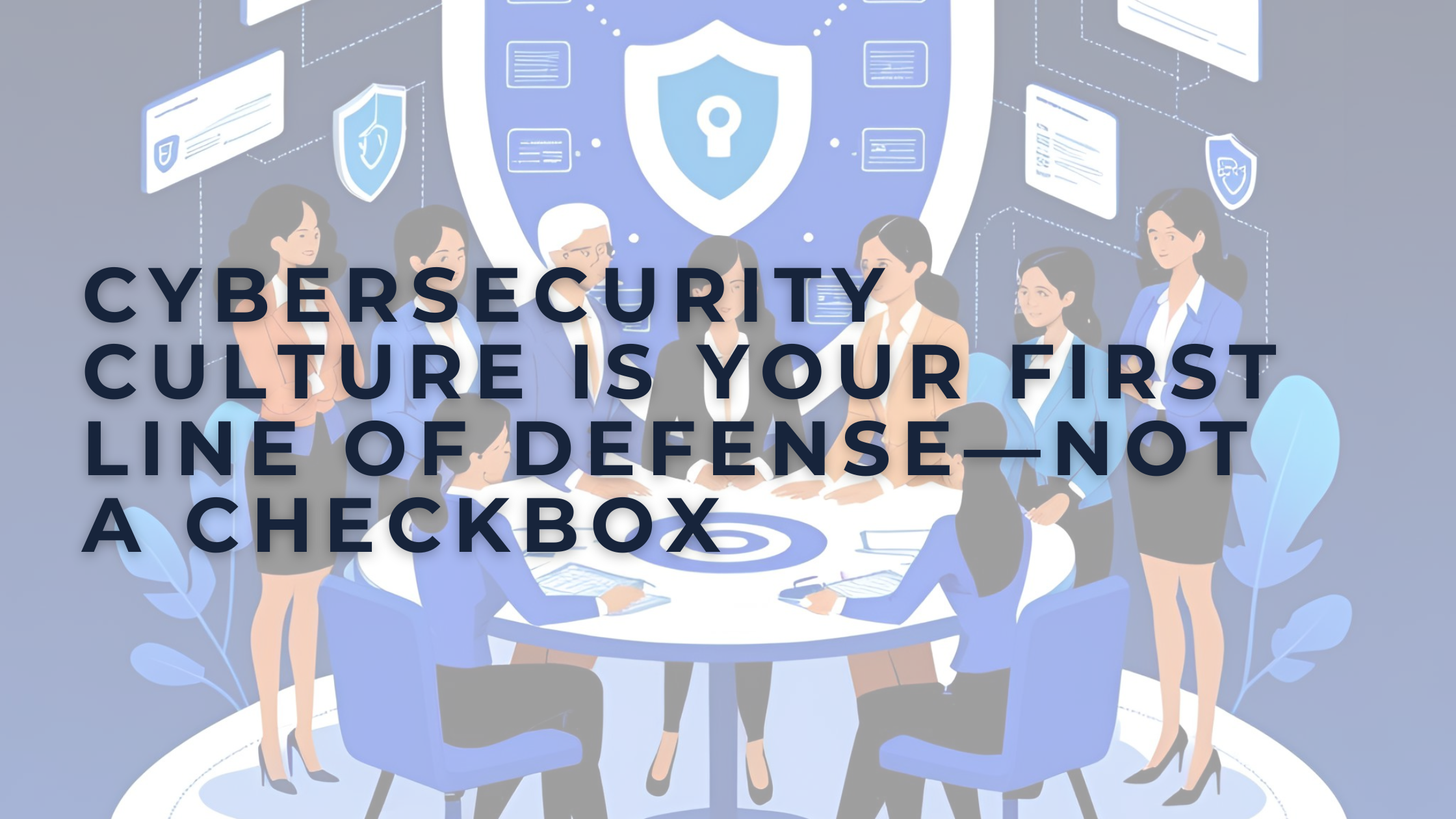Unraveling the benefits of EDR/MDR systems can take time and effort. Where cyber threats loom large, organizations must fortify their defenses to safeguard sensitive data and maintain operational continuity. One such pivotal strategy gaining prominence is adopting Endpoint Detection and Response (EDR) and Managed Detection and Response (MDR) systems. Let’s delve into the intricacies and benefits of these advanced security solutions, understanding how they bolster cyber resilience.
Proactive Threat Detection with EDR
EDR systems, at their core, are designed to detect and respond to cyber threats at the endpoint level. This approach gives organizations real-time visibility into their network, allowing them to identify and thwart malicious activities before they escalate.
By continuously monitoring endpoint devices such as computers, servers, and mobile devices, EDR systems leverage advanced analytics and machine learning algorithms to recognize patterns indicative of potential threats. This proactive stance ensures that security teams can respond swiftly, mitigating risks and minimizing the impact of cyber incidents.
Active Incident Response and Containment
In the unfortunate event of a security incident, the active response capabilities of EDR systems come to the forefront. These systems empower security teams to investigate incidents swiftly, determine the scope of the compromise, and take immediate action to contain the threat.
Through a combination of automated response mechanisms and human intervention, EDR systems streamline the incident response process. This not only reduces the time it takes to neutralize a threat but also limits the potential damage, reinforcing an organization’s overall cyber resilience.
Comprehensive Threat Monitoring with MDR
While EDR focuses on endpoints, Managed Detection and Response (MDR) takes a holistic approach to threat monitoring across an entire IT environment. MDR services combine advanced technology with human expertise, offering organizations a comprehensive solution for identifying, investigating, and responding to cyber threats.
MDR providers actively analyze network traffic, logs, and other data sources to detect anomalous activities that may indicate a security incident. This continuous monitoring ensures that potential threats are identified across the entire attack surface, providing organizations with a more robust defense against sophisticated cyber adversaries.
Strengthening Cyber Resilience Through Collaboration
The synergy between EDR and MDR systems is a powerful force in fortifying cyber resilience. EDR systems focus on rapid response at the endpoint, while MDR services provide a broader, more contextual view of the entire network. Together, they create a dynamic defense strategy that adapts to the evolving threat landscape.
By integrating EDR and MDR, organizations can establish a unified security posture that combines the strengths of automated threat detection and human intelligence. This collaboration ensures a more adaptive and resilient defense against both known and emerging cyber threats.
Transitioning from Reactive to Proactive Security
Traditional security measures often operate on a reactive basis, responding to threats after they’ve already infiltrated the network. EDR/MDR systems, however, enable organizations to shift from a reactive to a proactive security stance.
Through continuous monitoring, threat detection, and rapid response capabilities, EDR/MDR systems empower organizations to anticipate and neutralize potential threats before they can cause significant harm. This proactive approach is instrumental in minimizing the likelihood and impact of security breaches, enhancing overall cyber resilience.
A Robust Defense for a Digital Future
In conclusion, the benefits of EDR/MDR systems for cyber resilience are undeniable. These advanced security solutions not only detect and respond to threats at the endpoint but also provide comprehensive monitoring and incident response capabilities across the entire network. By embracing the proactive nature of EDR/MDR, organizations can fortify their defenses, ensuring a secure digital environment in the face of evolving cyber threats.





